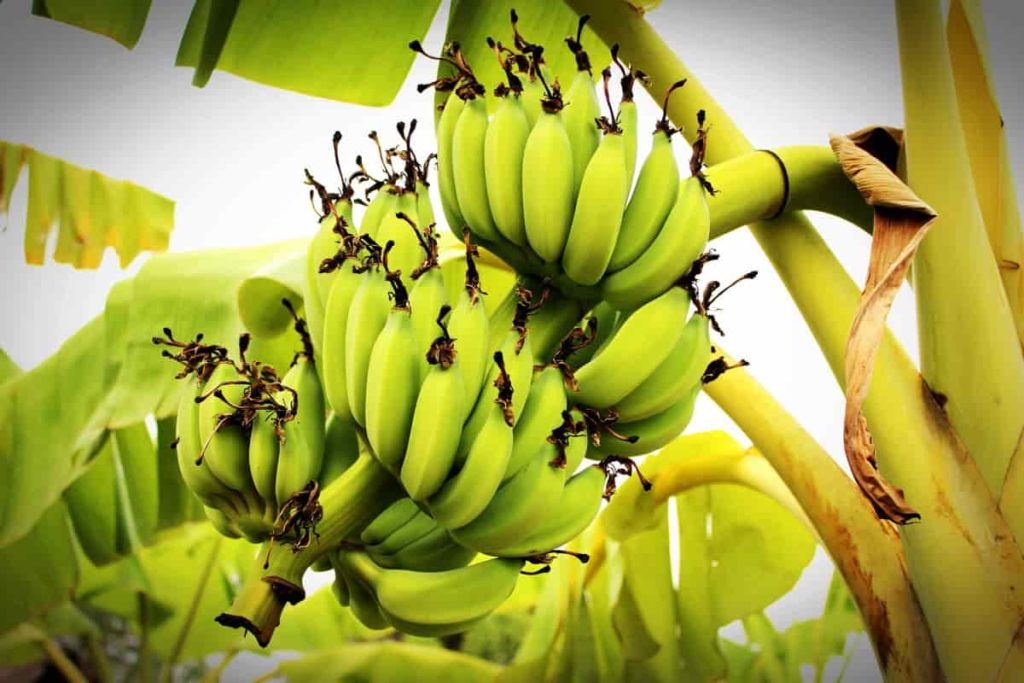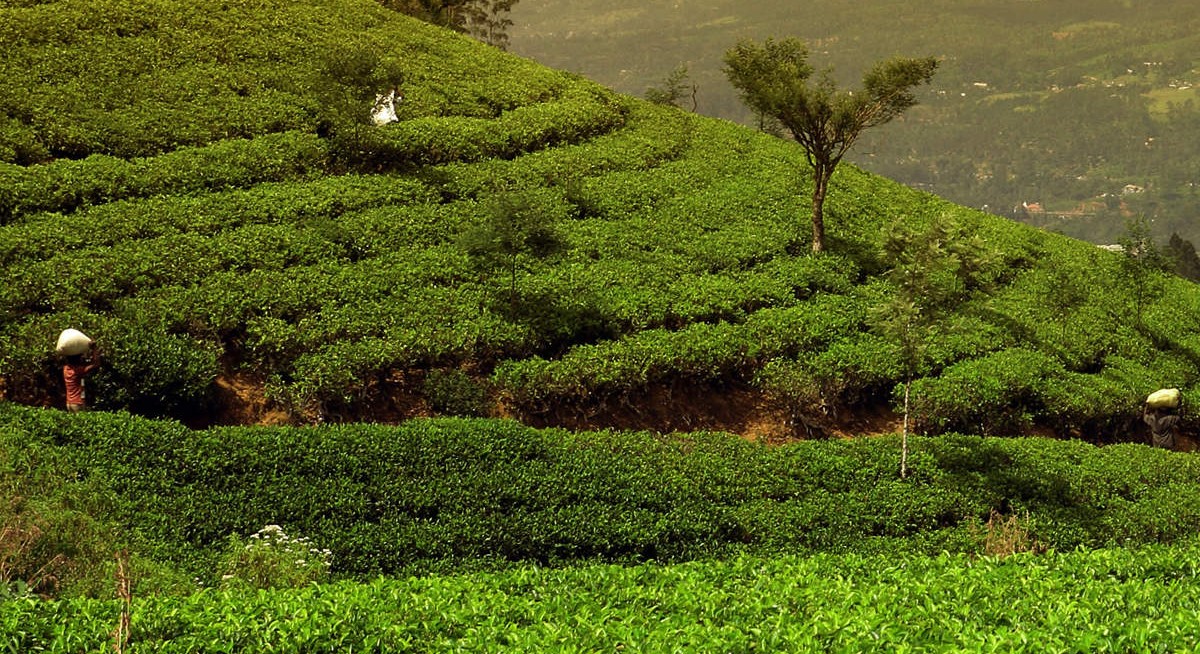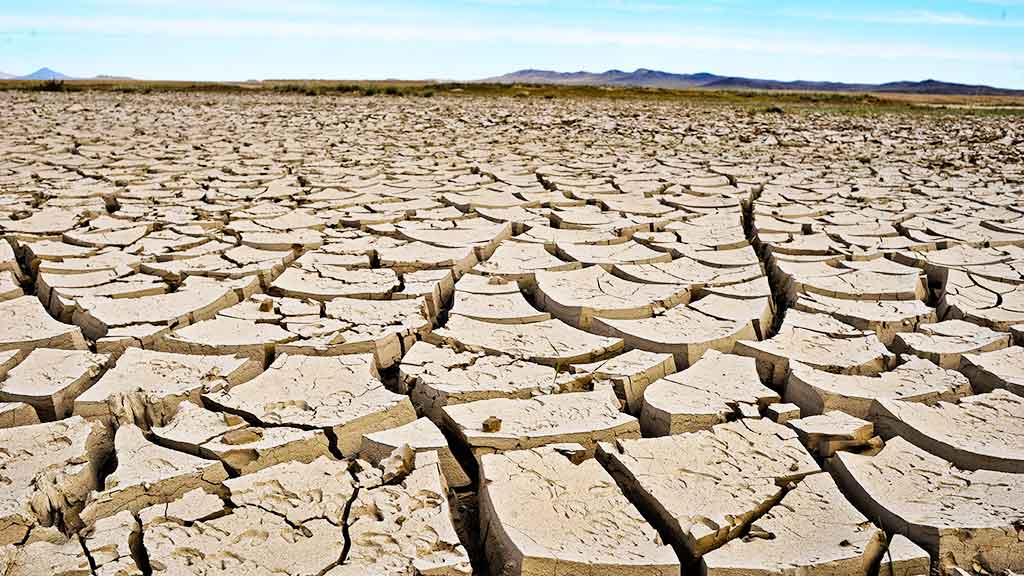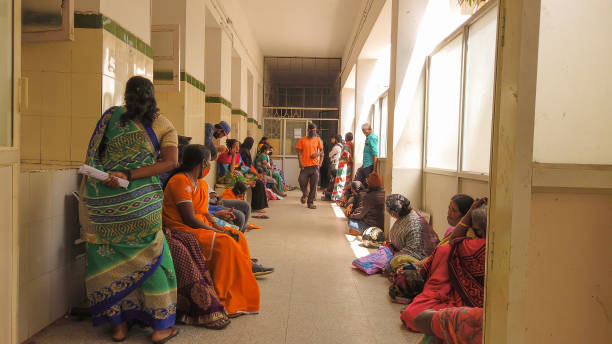The Banana Crisis: How climate change is eating into world’s favourite fruit
Imagine biting into your morning banana and realizing it might vanish in your lifetime. Climate change could soon do that!
By Editorial Desk / Jun 24, 2025

Image Courtesy: Agri Farming
Bananas are the world’s most consumed fruit - sold by the dozen on roadside carts, sprucing up any dessert they land in, and the first fruit of most Indian babies! Over 400 million people worldwide rely on bananas for up to 27% of their daily calories. Yet, the future of this familiar fruit is uncertain as climate change alters its preferred weather for cultivation.
A recent report by Christian Aid has analysed that nearly 60% of the best banana growing areas in the world are under danger from rising temperatures, making the banana plant more vulnerable to diseases and infections. Latin America, which supplies bananas to Europe and the US, is expected to experience a 60% reduction in area suitable for export-level banana production by 2080. Countries like India and Brazil are expected to see declining yields by 2050 due to climate change.
Why bananas aren’t tolerating climate change: The science behind the decline
The abundance of bananas may give the impression that it’s adaptable, but the fruit holds a secret - it’s incredibly sensitive to the climate!
- Bananas need a temperature of 15-35℃ and high humidity of 75-85%. Below 12 degrees, and they experience chilling injuries; above 38 degrees, and they stop growing.
- High wind speed above 80 km/hr can shred the leaves and damage the plants, impacting their ability for photosynthesis.
- It needs just the right amount of water - extreme rainfall erodes nutrient-rich soil, while droughts wither away entire plantations.
Unfortunately, climate change is tearing this balance apart.
In recent decades, rising global temperatures, changing weather patterns, particularly monsoon and water availability, and extreme weather events like cyclones, hurricanes, and hailstorms have pushed banana-growing regions to their limits. Which is why, over 60% of Latin America’s banana-growing land is expected to become unsuitable, impacting banana markets worldwide, as this region is the global banana market powerhouse.
Climate change and risk from diseases
The report finds that the indirect impact of climate change such as increased diseases are also bringing down banana yield. Warm, humid weather - the kind becoming more common under climate change - is a breeding ground for deadly pathogens. Cavendish bananas - a variety that dominates 50% of all banana varieties grown in the world - are at higher risk from diseases as they have no genetic diversity, leaving little scope for adaptation.
Bananas are also susceptible to a variety of fungal diseases. The Black Leaf Streak fungus can reduce banana yields by up to 80%, as it infects the leaves and reduces their ability to photosynthesize. Panama disease, in its new reincarnation as TR4, is impacting most banana-growing regions in the Middle East, Southeast Asia, India, Africa, Colombia, and Venezuela. It spreads through the soil, and therefore infects entire plantations during flooding - a risk that is enhanced with extreme rainfall resulting from climate change.
This map shows areas where vulnerability may be greatest because of the low genetic diversity of the high levels of Cavendish banana cultivation. Source: https://www.promusa.org/display3123
India: The world’s largest banana producer facing a storm
Bananas are a constant presence in India’s daily life. So much so that despite being the world’s largest producer of bananas, India ranks only 12th in export because it consumes most of its production in the domestic market. As the highest banana-consuming region, the fruit is woven into daily meals, festive dishes, temple rituals, and sustainable crafts, providing both nourishment and income to millions, while also covering 20% of the country’s total land area for crop cultivation.
But with India being the world’s fifth most vulnerable country to climate change, the banana crop faces a grim future, in the short term from extreme weather events and in the long term from rising heat and changing monsoon patterns.
In Central India, where Maharashtra dominates the banana export market, extreme rainfall events have increased threefold since the 1950s, but the overall annual rainfall has declined indicating erratic water cycles. With predictions of banana yield declining in India by the 2050s, nearly 43% of the population dependent on agriculture would be impacted at some level. Despite having 20 varieties of bananas, the Cavendish dwarf variety remains the dominant commercially grown variant for export in India. And therefore, India’s banana production faces the same challenges of adaptation due to a lack of genetic diversity, and vulnerability to diseases mentioned earlier.
Is there hope for a fruitful future?
If we want to keep bananas on our plate, we must listen to the warning signs. Farmers and agricultural scientists are identifying innovations like drip irrigation, climate-resilient banana varieties with higher heat tolerance, and agro-ecological practices like intercropping and soil conservation.
In the long run, broader climate action is essential to secure the world’s favourite fruit. Countries must set ambitious climate goals and fast track implementation of climate-positive strategies that reduce emissions and curb overall warming. The developed world needs to loosen its purse strings and make climate finance available for sustainable development, while the developing world also has a responsibility to identify domestic sources. Some of this climate finance should be prioritized to support farmers in building adaptive capacities through sustainable technologies for irrigation, transport, and storage.
The story of the banana is the story of climate change itself: silent at first, but now impossible to ignore.
Climate Change Banana production in India Decline in Banana production Global Warming

